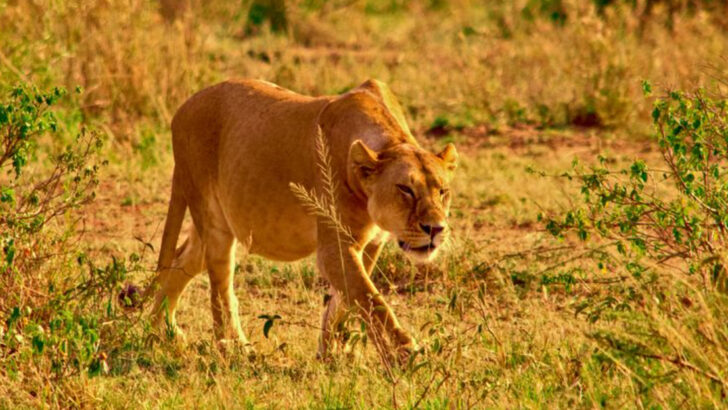They don’t just survive—they dominate. In the wild, power isn’t always male. Some of the fiercest hunters, strongest protectors, and boldest leaders are female. These animals flip the script on every outdated idea about “weaker sex” in nature—and they do it with teeth, talons, and raw instinct. From lionesses that lead the pride’s hunts to matriarch elephants that guide entire herds, these females rule their domains without apology. And it’s not just about brute strength—many use strategy, teamwork, and sharp awareness to outsmart their rivals and raise their young in brutal environments. Nature isn’t bound by stereotypes. It writes its own rules. And these 13 females are rewriting what strength really looks like.
Spotted Hyena Matriarchs
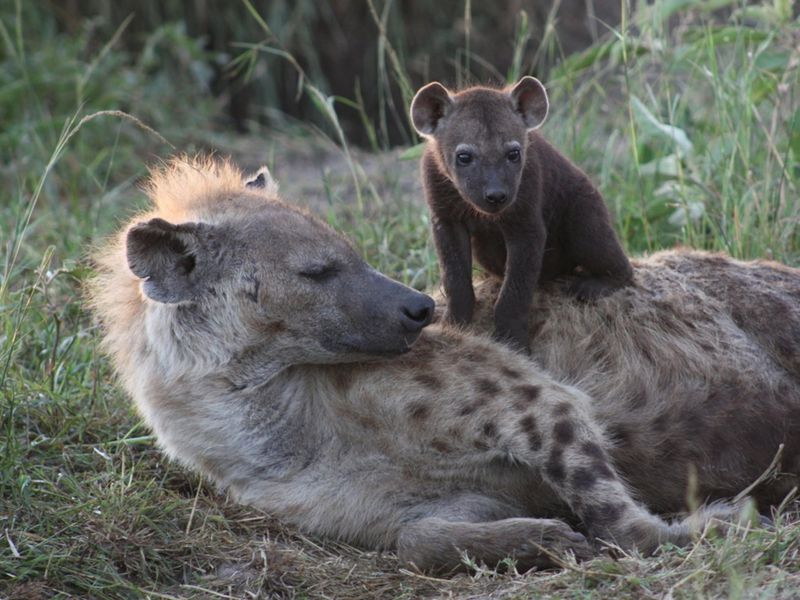
In the world of the spotted hyena, females run the show. With a matriarchal society, these powerful females lead their clans, showcasing both intelligence and strength. The highest-ranking female commands respect and ensures the survival and prosperity of the group.
Renowned for their unique vocalizations and social complexity, the female spotted hyena challenges the stereotype of male dominance in the animal kingdom.
Beyond their leadership, they possess incredible hunting skills, often taking down large prey. Their fierce nature and social structure make them a fascinating subject of study.
Lionesses of the Pride
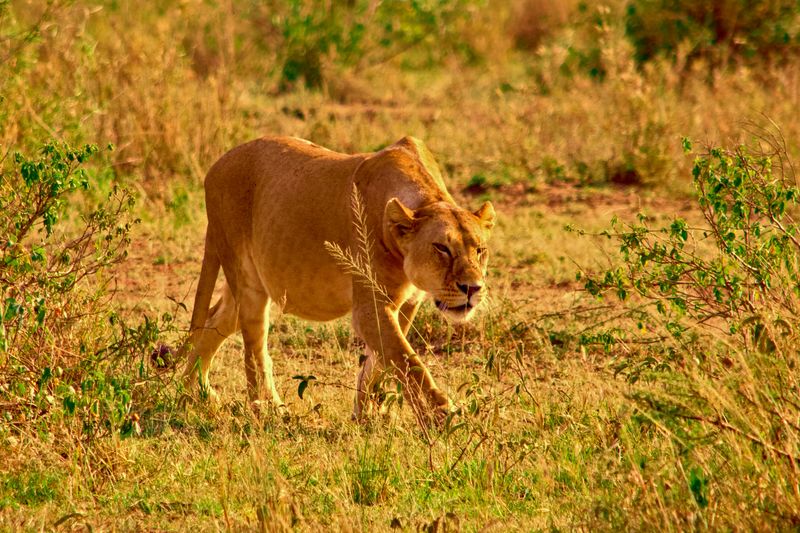
Lionesses are the true powerhouses of the pride. While the males may have the manes, it’s the females who do the majority of the hunting. With keen instincts and unparalleled teamwork, lionesses work together to bring down prey and feed the pride.
Their nurturing side is equally impressive, as they care for the cubs and maintain the social structure within the pride.
Every roar and pounce showcases their dominance and essential role in the ecosystem. These fierce females break the stereotype of passive feminine roles, commanding both respect and awe.
Orca Matriarchs

The oceans’ apex predators, orcas or killer whales, have a matriarchal society led by females. These matriarchs guide their pods with wisdom passed through generations.
Their leadership is crucial for survival, as they navigate vast ocean territories and teach younger members hunting techniques.
In a world often dominated by tales of male creatures, orca matriarchs stand out with their intelligence and strength. Their social bonds and family ties are a testament to the power of female leadership in nature.
Elephant Herd Leaders
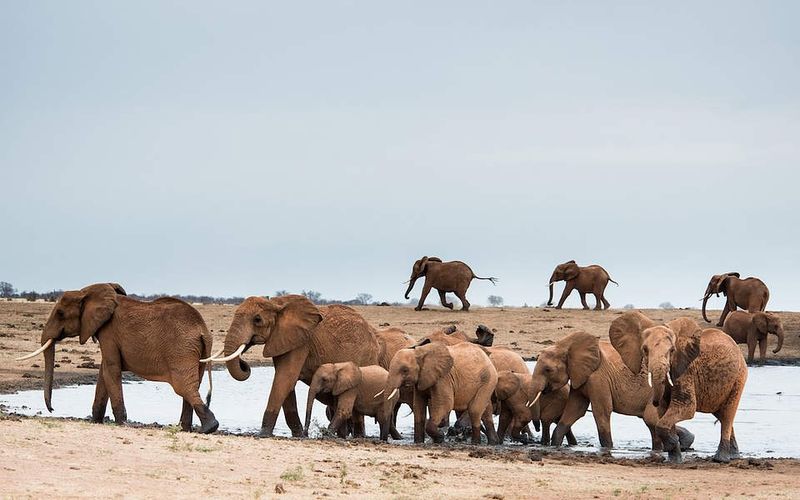
In the vast landscapes where elephants roam, female leaders, or matriarchs, guide their herds. These wise and experienced females are the keepers of knowledge, remembering migration routes and water sources.
With an undeniable presence, they ensure the safety and welfare of their group.
Their nurturing nature is balanced with the strength needed to protect against threats. Elephants’ complex social structures highlight the pivotal role of female leaders, breaking stereotypes of male dominance and showcasing the power of matriarchal societies.
Ant Queen
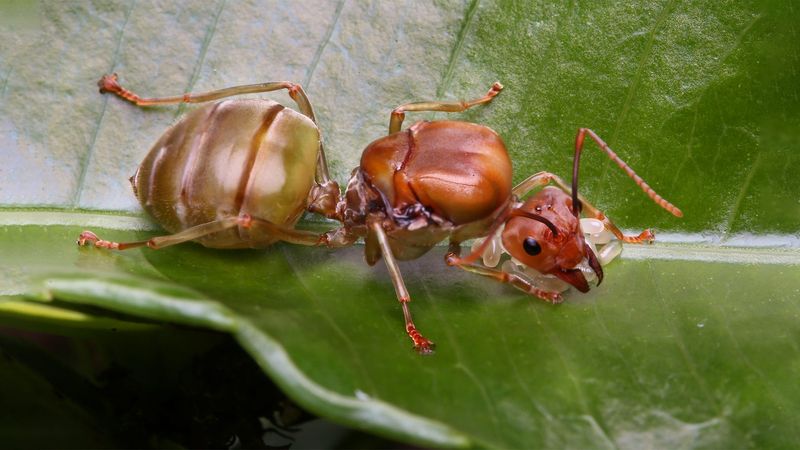
The queen ant is the heart of her colony, an emblem of productivity and leadership. With the sole responsibility of laying eggs, she ensures the colony’s growth and continuity.
Far from a passive role, she communicates with worker ants, directing the colony’s activities. Her reign can last several years, during which she oversees the creation of new generations.
The queen ant’s role defies the stereotype of idle femininity, representing industrious and strategic leadership within her community.
Bonobo Females
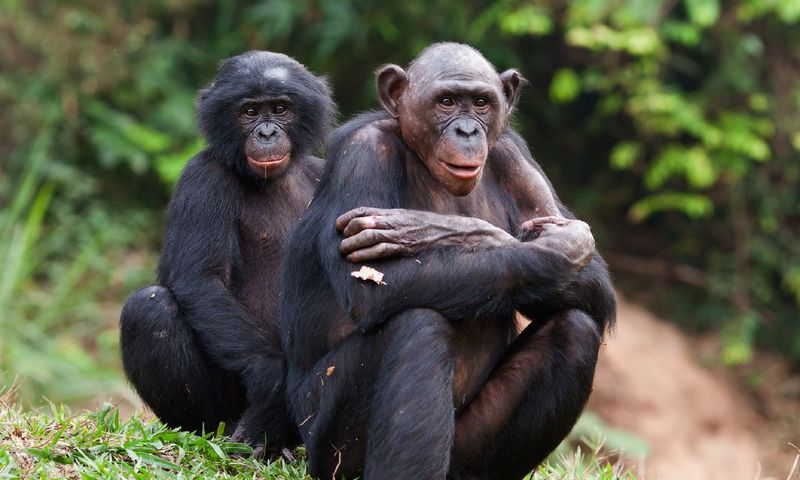
Among primates, bonobo societies stand out for their female-centric structure. Female bonobos form strong bonds and use social connections to maintain peace and cohesion within the group.
Their ability to resolve conflicts through social interactions rather than aggression sets them apart as a model of diplomacy.
In an often male-dominated world, bonobo females prove that strength lies in unity and cooperation, challenging stereotypes of female passivity and highlighting the power of empathy and collaboration.
Clownfish Females
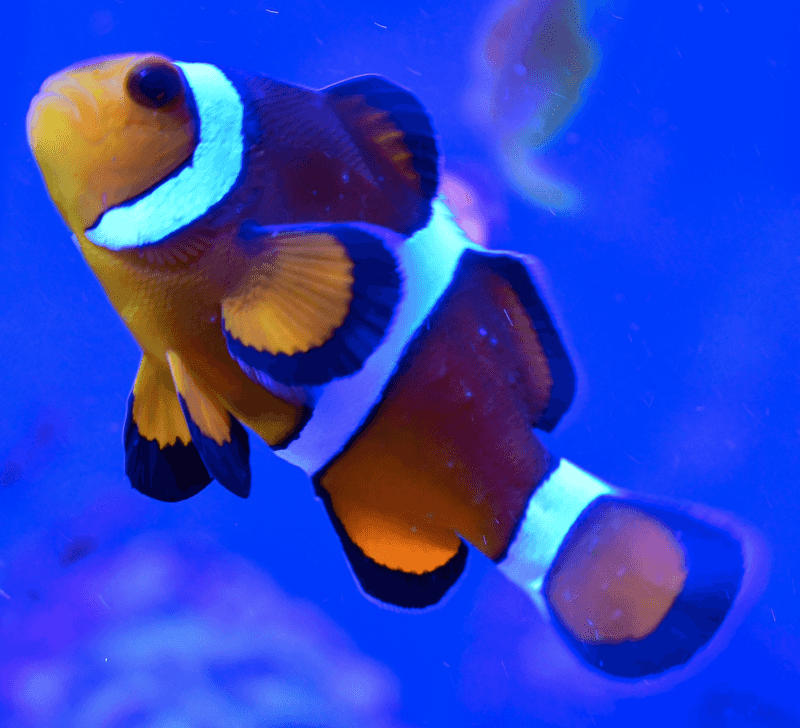
In the underwater world, female clownfish are the dominant gender. With the unique ability to change sex, the largest and most dominant clownfish becomes female.
Her role is crucial, as she leads the colony and lays eggs, ensuring the continuation of her species.
This ability to adapt and lead challenges the norms of fixed gender roles in nature, showcasing versatility and strength. The female clownfish’s story is a testament to the dynamic and surprising nature of female roles in the animal kingdom.
Honeybee Queen
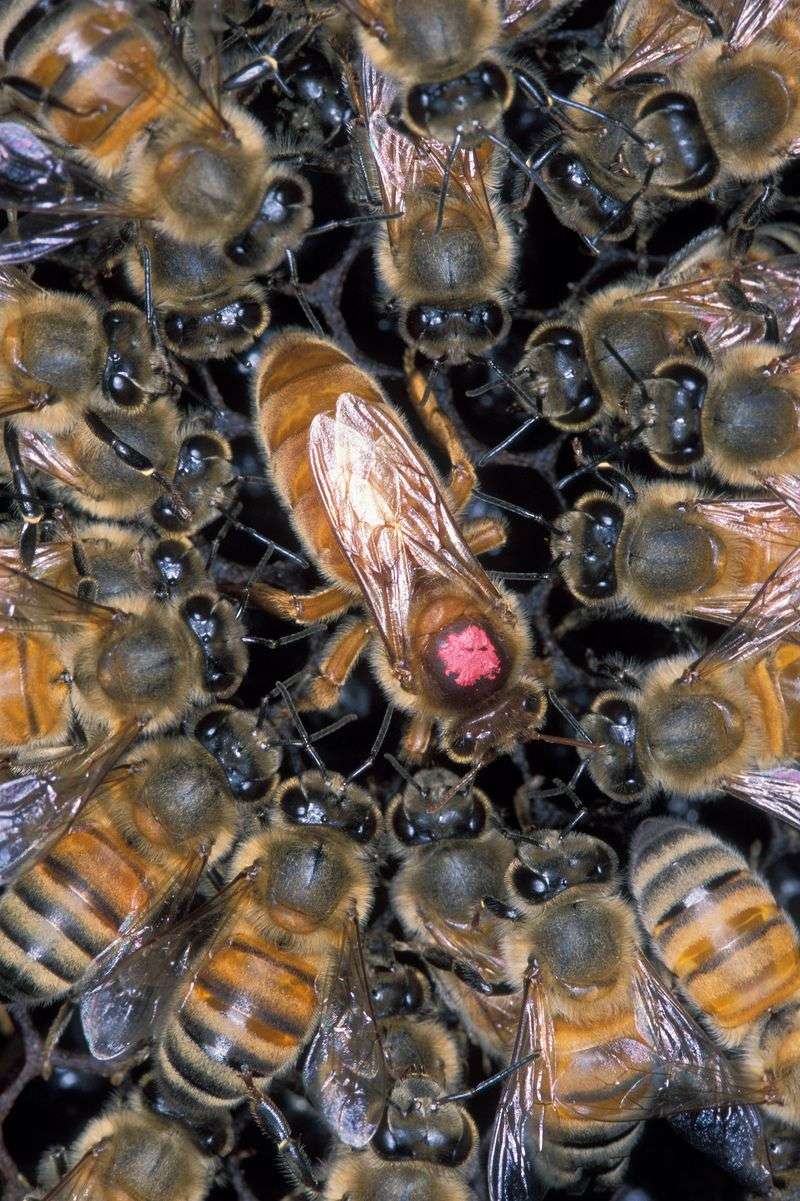
The queen honeybee reigns supreme in her hive, a symbol of fertility and leadership. Her primary role is to lay eggs, maintaining the hive’s population.
Supported by her worker bees, she ensures the hive’s success and productivity. Her presence and pheromones keep the social structure intact.
Defying the stereotype of passive queenship, the queen bee is active and central to her community’s survival, representing industrious and decisive leadership.
Lemur Leaders
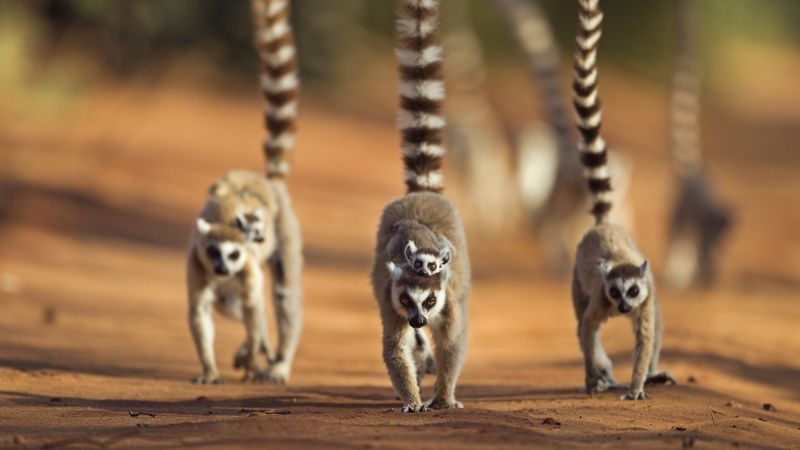
In the forests of Madagascar, female lemurs lead their troops with wisdom and tenacity. As matriarchs, they make decisions that affect the group’s survival, including foraging and protection strategies.
Their leadership demonstrates confidence and adaptability, traits essential for thriving in diverse environments.
Breaking away from the stereotype of gentle femininity, female lemurs exhibit strength and resilience, proving that leadership knows no gender boundaries in the natural world.
Octopus Mothers
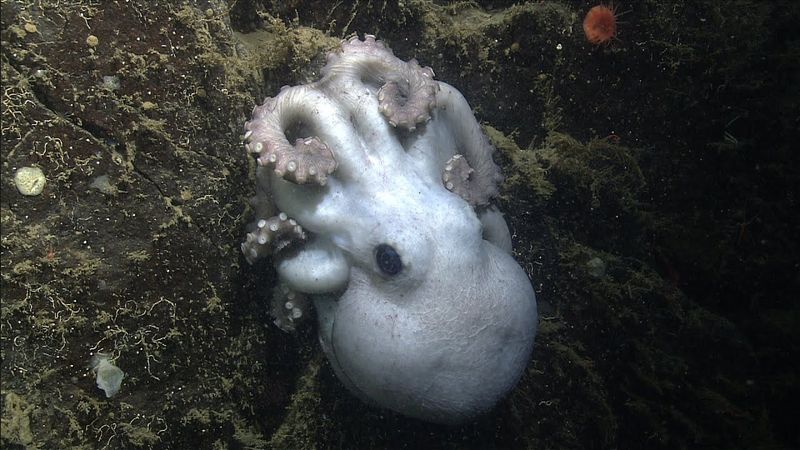
The dedication of octopus mothers is both inspiring and poignant. After laying her eggs, the female octopus devotes her life to protecting them, foregoing food and rest. Her vigilance ensures the survival of her offspring, even at the cost of her own life.
This extraordinary sacrifice defies the stereotype of self-centered survival, highlighting the incredible lengths to which female animals will go for their young.
Her story is one of ultimate devotion and strength in the face of life’s challenges, a true testament to the power of maternal instinct.
Cheetah Mothers
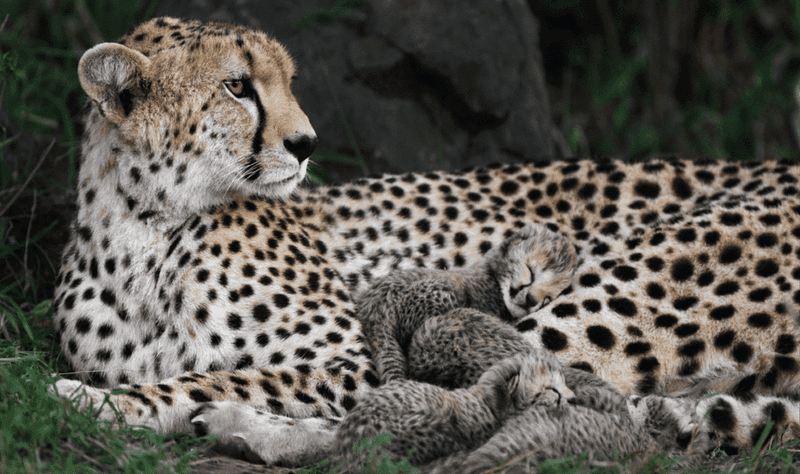
Cheetah mothers are the epitome of resilience and grace. Raising cubs alone, they teach essential survival skills, from hunting techniques to evasion tactics. Their success rate is a testament to their ability to adapt and overcome challenges.
Despite the dangers of the wild, they remain vigilant, protecting their young from predators.
Their role goes beyond nurturing, showcasing independence and strategic thinking. In a world where speed is crucial, female cheetahs defy expectations, embodying the dual qualities of tenderness and tenacity.
Emperor Penguin Females
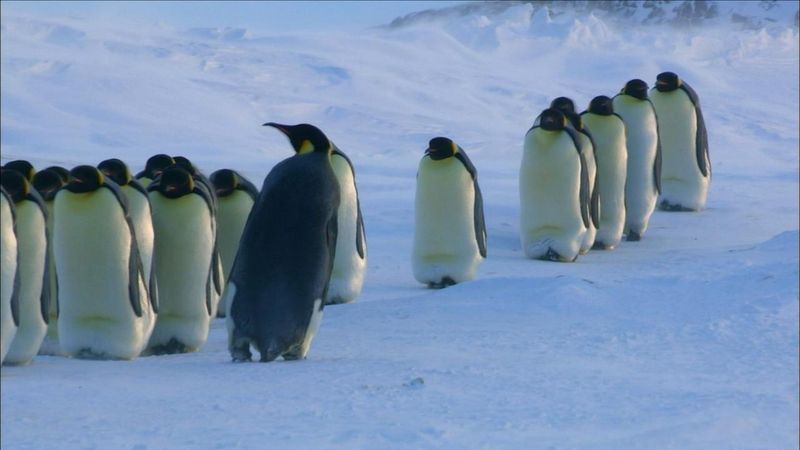
In the icy realm of Antarctica, female Emperor Penguins are nothing short of remarkable. While males guard the eggs, females endure harsh conditions to hunt for food, trekking up to 50 miles across frozen terrain.
Upon their return, these devoted mothers regurgitate nourishment for their chicks. Their resilience in facing extreme weather showcases their enduring strength and commitment.
Interestingly, their cooperative parenting strategy ensures the survival of the next generation. Did you know? Emperor Penguins can dive over 1,850 feet, making them the deepest-diving bird species. These females certainly defy expectations in their icy world.
Anaconda Females
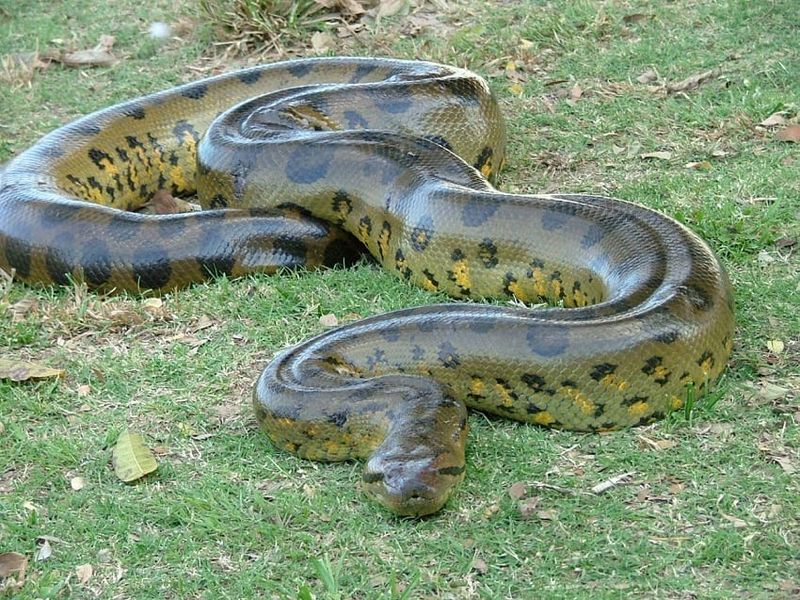
The Amazon rainforest hides a giant—female Anacondas, the true giants of the snake world. These females can grow over 20 feet long and weigh more than 500 pounds, far surpassing their male counterparts.
Anacondas exhibit fascinating reproductive behavior, with females sometimes engaging in polyandrous relationships, where they mate with multiple males.
Their formidable size and strength make them top predators in their habitat. Curiously, they give birth to live young, unlike many other snake species. Female Anacondas’ dominance is evident as they control their domain with unmatched power.

